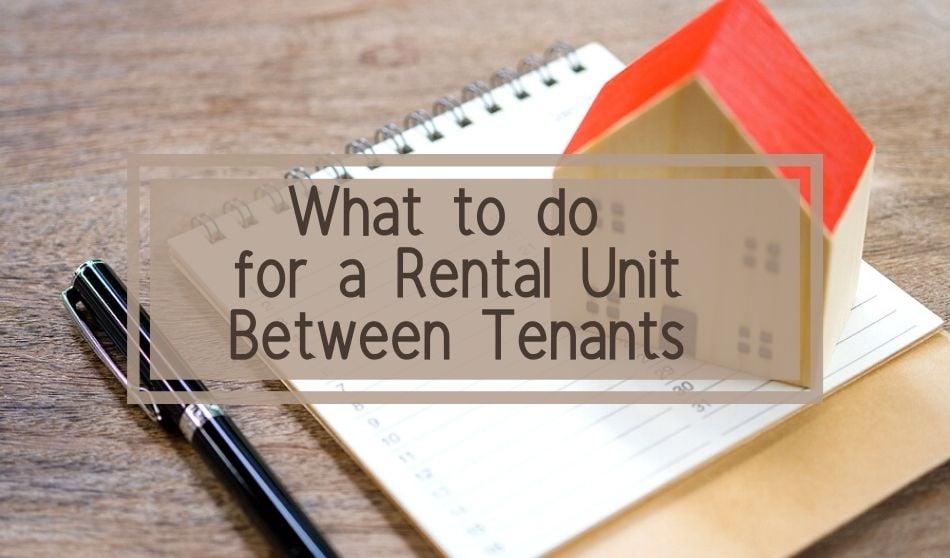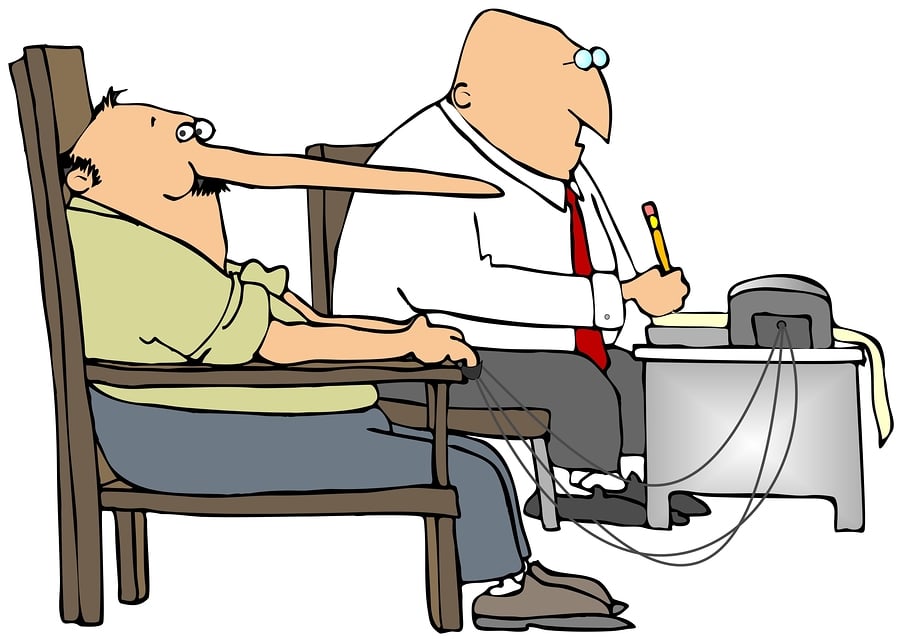The move-out process during tenant turnover can be stressful, especially if you only have a short window before your next tenant moves in. After the entire move-out process is completed, figuring out what to prioritize can be daunting. These priorities can shift based on how much time you have between tenants.
What to Always Do
No matter how much time you have between tenants, there are certain tasks that need to be done no matter what. These are the most crucial and time-sensitive issues that need to be dealt with first, particularly, if you only have a few days.
Have the locks changed or at least re-keyed before the next tenant moves in. Despite how nice your last tenant may have been, getting new locks and keys is a matter of safety for your new tenants. Your state or local laws may or may not require this, but it can be a good assurance of safety for your future residents. Another matter of safety is the battery in smoke and carbon monoxide detectors. Always replace the current batteries with fresh ones, even if your current tenant tells you the batteries are fine.
With Less than One Week
If you have another tenant lined up to come in as soon as your current one moves out, there is a very short period of time that you can get everything settled in.
If they are needed, schedule repairs as soon as possible. When you are doing your tenant move-out checklist, make note of any needed repairs and schedule these appointments as soon as they move out. Depending on the repairs, you can also maximize your time by cleaning while the repairs are happening. If your time is short, you may need to prioritize any maintenance tasks and get the most urgent out of the way. If you note non-urgent repairs, create a plan to address them in a timely manner after your new tenant has moved in.
With One Week
A week between tenants gives you a little bit more time to get maintenance done than in just a few days. Everything above should still be done, but there are a few more issues you can address. Maintenance should be performed first, both indoor and outdoor. Outdoor maintenance can include replacing broken shutters, repairing cracked walkways, cleaning gutters, and resealing windows. Indoor maintenance can involve checking for leaks, replacing air filters, and flushing the water heater.
As soon as the maintenance is done, get the unit as thoroughly clean as you can. Ensuring that the unit is freshly cleaned and maintained will demonstrate to your new tenants that you will be a good landlord. It will also ensure that your tenants will care better for the property and must thoroughly clean the property (or pay to have the property cleaned) if your lease requires the property to be in rent-ready condition at the end of tenancy.
Upgrade to hardwired smoke and carbon monoxide detectors if you do not already have them. Depending on your location, building codes might require these in your units. Make sure that you have the expected lifetime of your detectors recorded and, if they are at that point, replace them.
With Two Weeks
With a couple of weeks between tenants, you should have enough time to do everything above and to freshen up your unit. A common way to achieve this is repainting. If time is short, or you want to give your new tenants some flexibility with decorating, you can allow them to pain the unit themselves. Alternatively, consider hiring a professional or repaint the unit yourself is to control both the paint color and the quality of the job. Satin paint sheens in particular are nice because they resist stains, mildew, and dirt, but are still slightly reflective.
If you have carpet in your unit, it will need to be cleaned between tenants. If the carpet is still in relatively good condition, then a vacuum or shampoo might be enough to get it ready for the next tenant. However, if your unit is pet-friendly, then it will most likely need a deep clean. This will help with pest control, fur, odors, etc. Drying the carpet after it is cleaned can take up to 24 hours, so arrange your schedule to accommodate it. Switching to hardwood floors or laminate flooring in the future can also alleviate this situation and make your floors last longer.
Learn more: How to Save Money During Tenant Turnover
The Final Touches
After the needed repairs have been made and the maintenance has been done, it is time for the last piece of the puzzle – your pre-move-in inspection report. This can be done manually, or with an app-based inspection solution. Be sure to take photos of the unit. These pictures of the unit should be taken as soon as all of your maintenance is done. This gives you documentation of what the unit looked like before the new tenants, and can be key when dealing with security deposits. These photos can also be used to advertise the unit when the next tenant is ready to move out. Do a quick run-through of the unit before handing over the keys to the new tenants and you are set.
RELATED READING FOR YOU:
- What to Look for During a Routine Rental Inspection
- How Long Does Tenant Turnover Really Take?
- A Fresh Property Management and Investor Perspective | Think Like a Tenant






